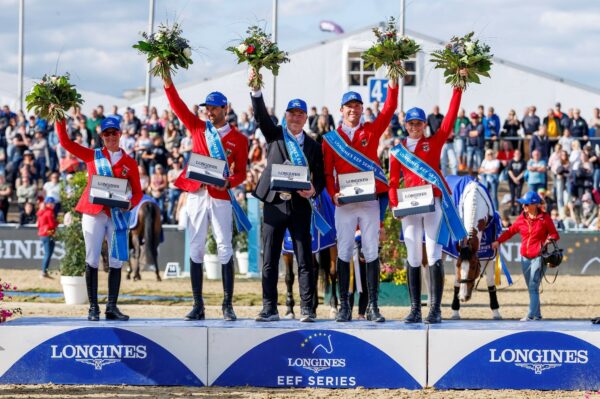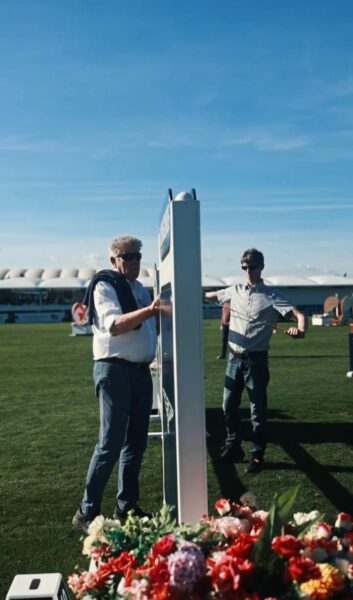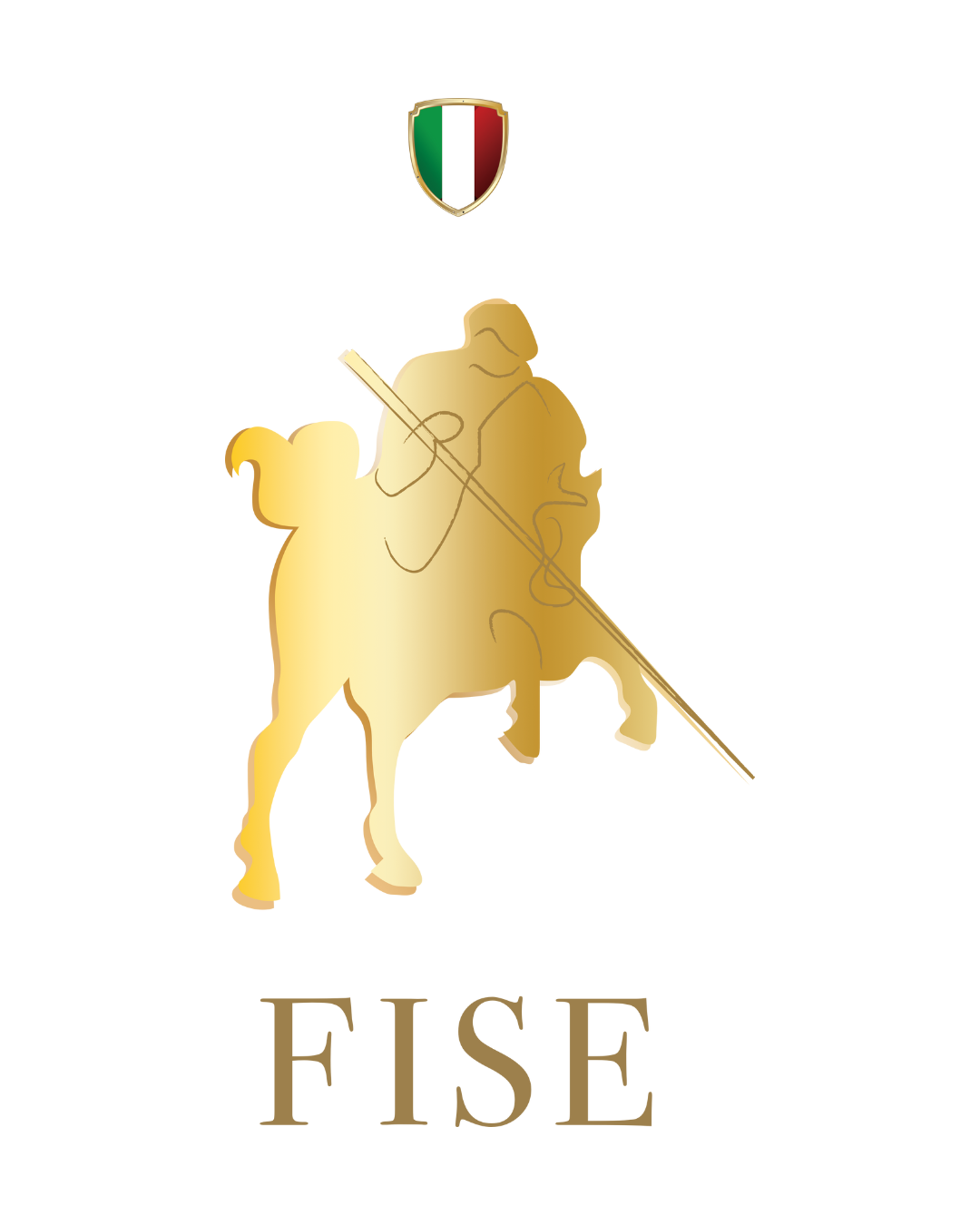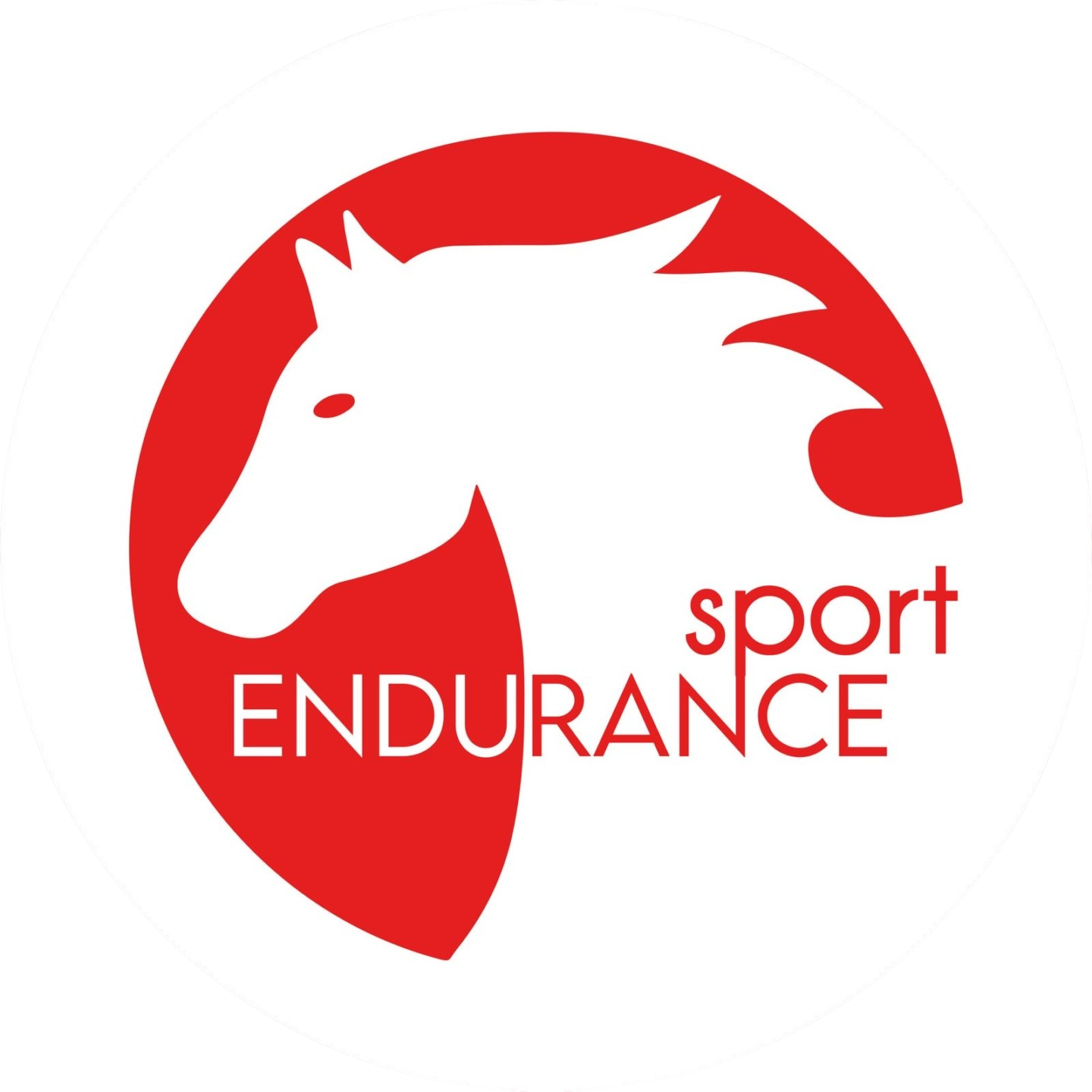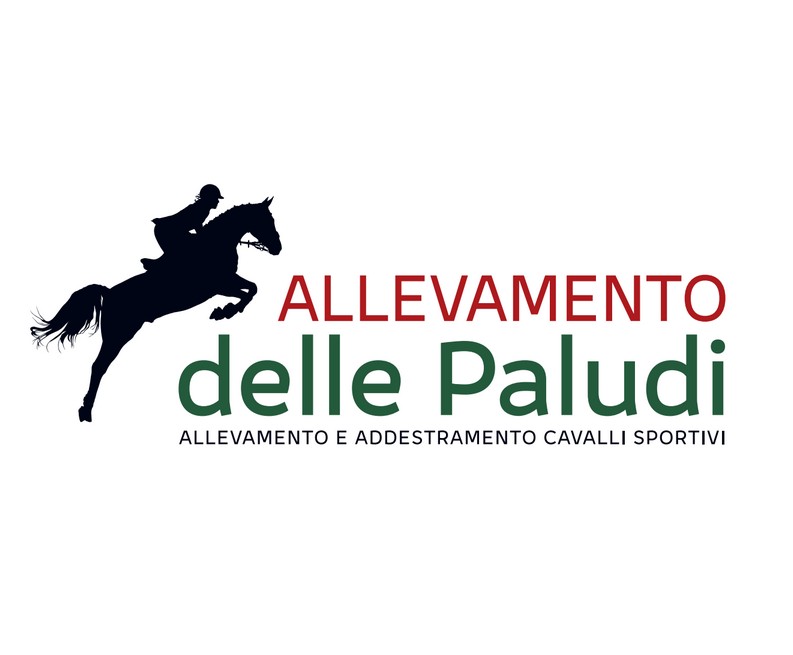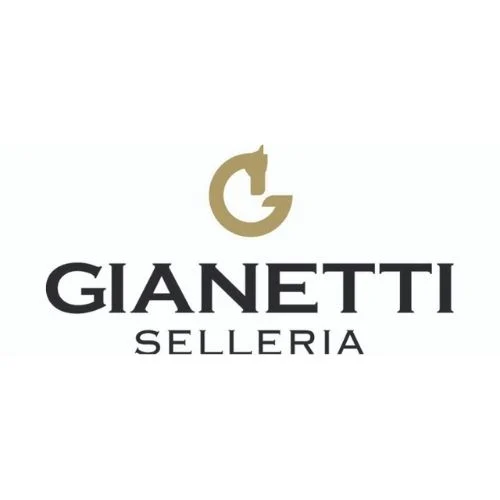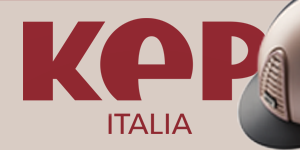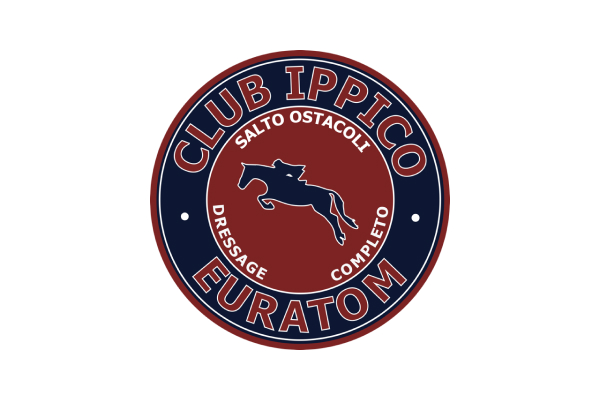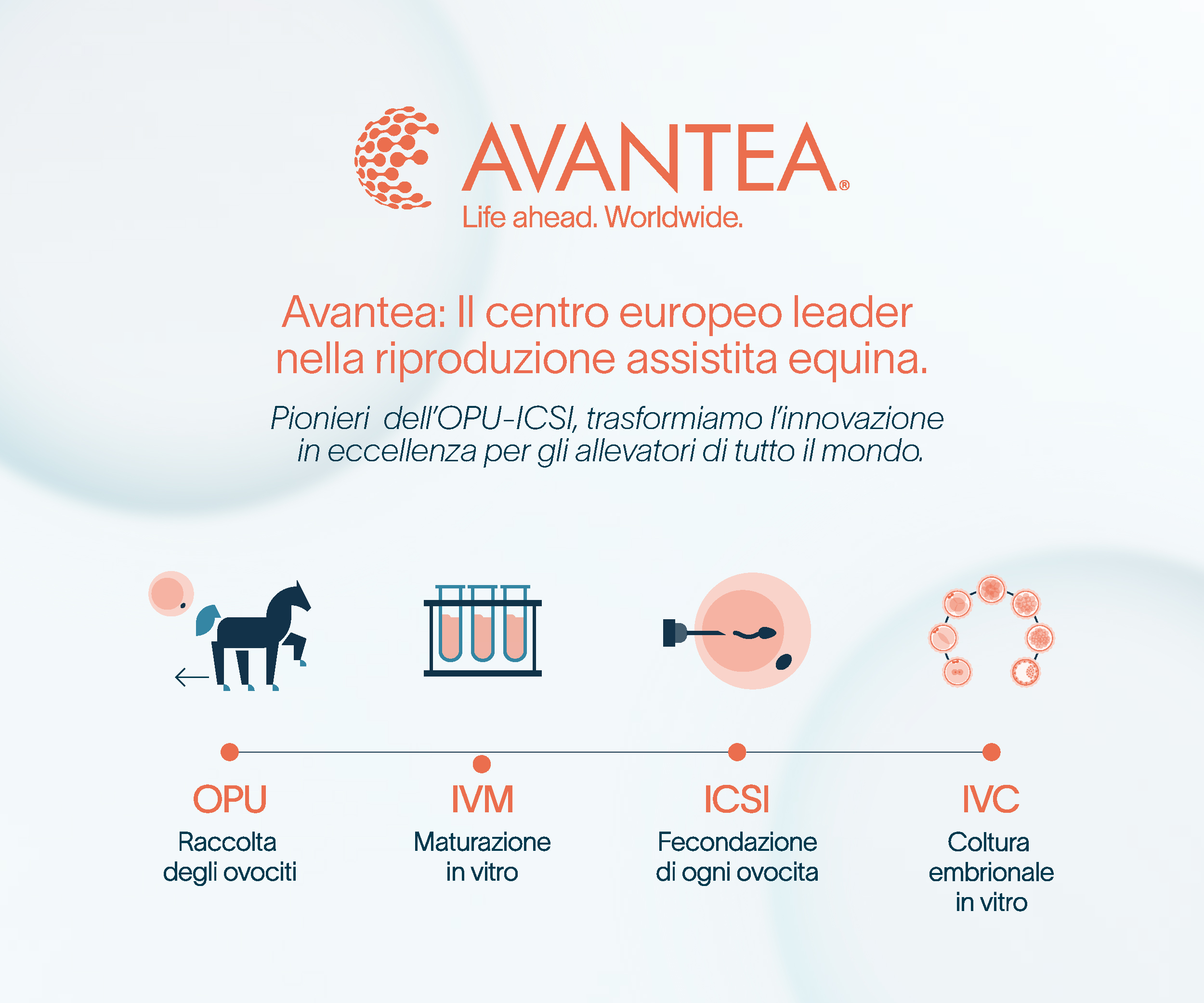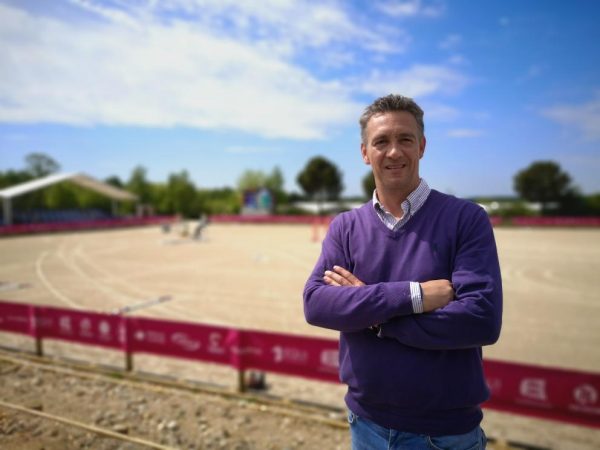
The Hidden Art Behind Showjumping Courses: Gérard Lachat to Design at the Longines EEF Nations Cup Final in Avenches
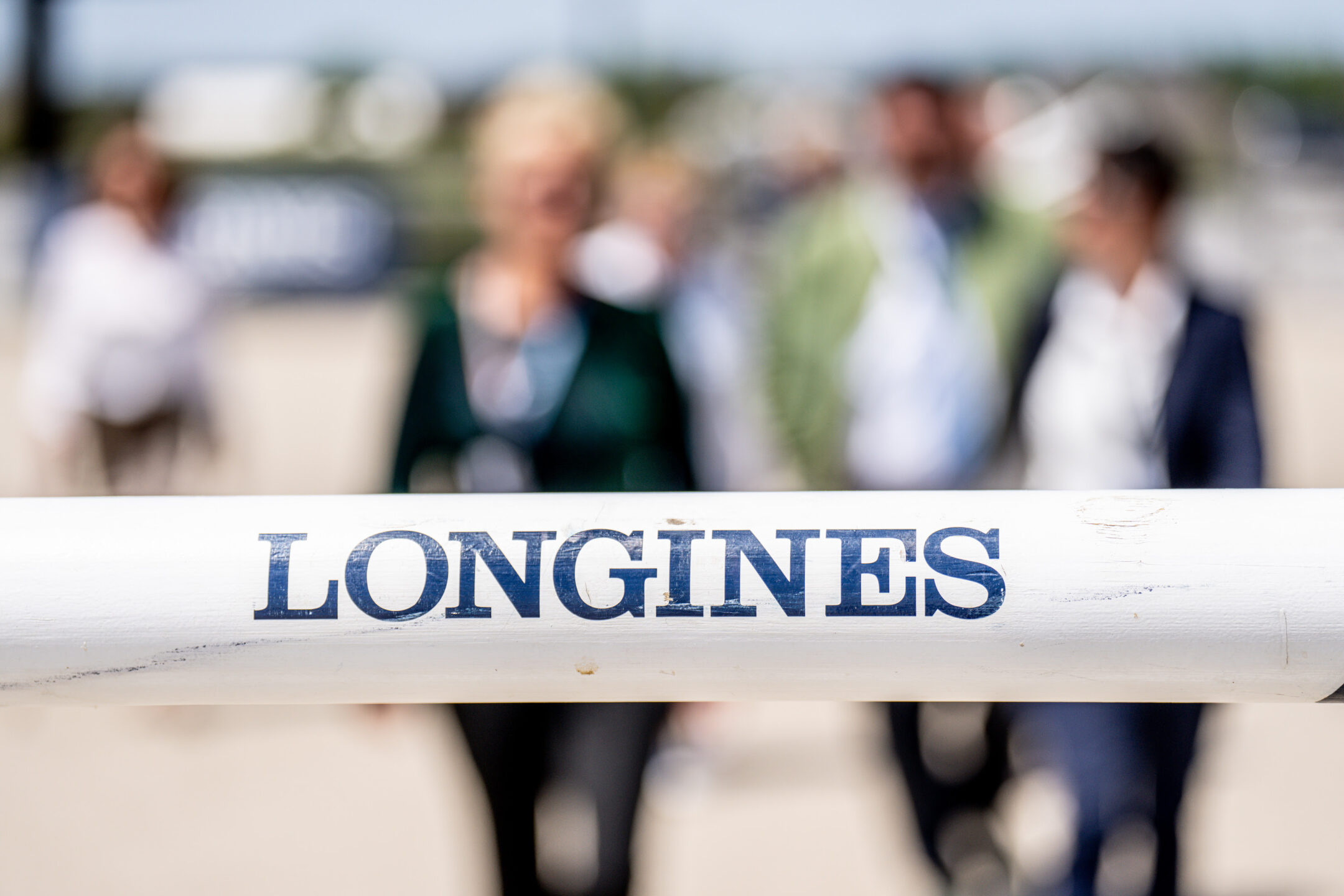
In showjumping, success hinges not only on the skill and athleticism of horse and rider, but also on the vision of the course designer. Behind every clear round—and every rail that falls—lies a carefully constructed sequence of jumps, turns, and distances. It’s a delicate balance of sport, safety, and spectacle.
That balance will be entrusted to Swiss course designer Gérard Lachat at the upcoming Longines EEF Nations Cup Final in Avenches. With more than a decade of international experience, Lachat approaches each new venue as a blank canvas. “The creativity, the search for interesting layouts, and the relationships with people—course builders, riders, trainers—that’s what I love about my job,” he explains.
Designing for Safety, Challenge, and Spectacle
For Lachat, safety always comes first. “Above all, the safety of horses and riders,” he emphasizes. “Then the course must be interesting for the riders and enjoyable for the spectators.” Distances are set with precision, designed to provoke small mistakes rather than refusals, ensuring challenges are based on accuracy and decision-making—not danger.
Belgian course designer Bart Vonck, who built tracks for this year’s EEF Nations Cup legs in Drammen and Peelbergen, echoes the sentiment. A former rider, he knows that fairness comes down to fine details. “We don’t want riders to be eliminated or forced to withdraw,” he says. “One fault is good to see. Even a couple of centimeters in height or ten in width can make a huge difference.”
Vonck likens course designers to “architects of everything in the arena,” from jumps to decorations, water obstacles, colors, and even branded items like cars in the ring. Every element affects how horses read the course and how riders plan their rounds.
Meanwhile, Austrian designer Andy Bamberger, who builds the Nations Cup course in Thessaloniki, emphasizes long-term development. “Each year I add more questions because the riders are improving. For me, it’s a positive challenge between riders and course designer.”
Reading the Field
Adaptability is one of the most important skills for top-level designers: no two events are the same. Arena size, footing, weather, and the caliber of the riders all shape the course.
At Avenches, Lachat is working with a “classic arena with high-quality sand,” which, he says, “won’t affect the horses’ ability to gallop.” Still, as a championship, he promises a tougher test than the qualifying rounds. “It will definitely be more technical. I hope to see shifts in the rankings between rounds and suspense right to the end.”
Vonck also adapts to the field: “If many riders are jumping 1m50 for the first time, we make slight adjustments to ensure a good outcome. The goal is to distribute faults evenly, not to have one fence decide the competition.”
The Evolution of the Sport
Showjumping has transformed over the past decades. Advances in training, conditioning, and breeding have produced horses that are faster, sharper, and more careful than ever.
“Horses today are more sensitive, more respectful, and more spirited,” notes Lachat. “As a result, courses have become lighter, more technical, and more delicate, which is safer for the horses.”
Bamberger warns that strides are now at their maximum length, requiring designers to think carefully about future layouts. Vonck agrees: “The sport has become more delicate because horses are so good and have so much respect for the fences. They are true athletes.”
This means modern riders must do more than gallop down long lines; they must think fast, adjust instantly, and ride with absolute precision.
Footing and Conditions
Though often overlooked, arena footing plays a crucial role in both safety and performance. “The ground mainly influences distances,” says Lachat. “If it’s hard or very soft, horses won’t cover the same stride length.”
Vonck warns that mismatched distances on poor ground can be dangerous. That’s why course builders study weather forecasts, surface type, and how they’ll interact with their designs.
For Bamberger, this adaptability highlights why human designers remain essential: “Unlike AI, course designers always keep an eye on horse welfare, so they can perform at their best.”
Creativity Within Limits
Within standard height and spread rules, creativity is what keeps the sport exciting. Lachat constantly seeks new layouts; Bamberger draws inspiration from architecture, landscapes, and conversations; Vonck insists on variety to keep both horses and riders alert.
The EEF Nations Cup Series, positioned between national and top-tier five-star events, plays a vital role as a proving ground for rising talent. “I’ve seen many riders start in the EEF circuit and then move up to four- and five-star competitions,” Vonck notes.
The Pressure of a Final
Designing for a final carries added weight. Riders are hungrier for victory, the stakes are higher, and the atmosphere more intense.
“It’s a final, so expectations are always higher,” Lachat admits. “All the riders want to win, and that adds a bit more pressure for me.” His goal in Avenches is clear: to create a course that builds suspense throughout and keeps spectators on edge until the last horse crosses the finish line.
Ph EEF (c)
© Rights Reserved.





.png)
